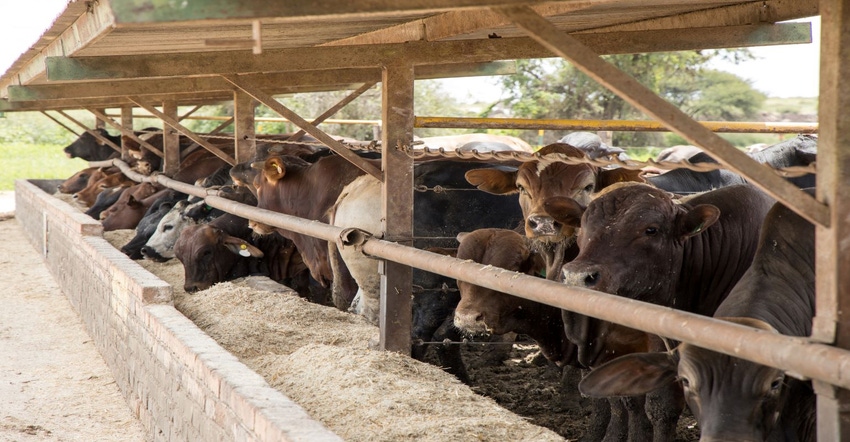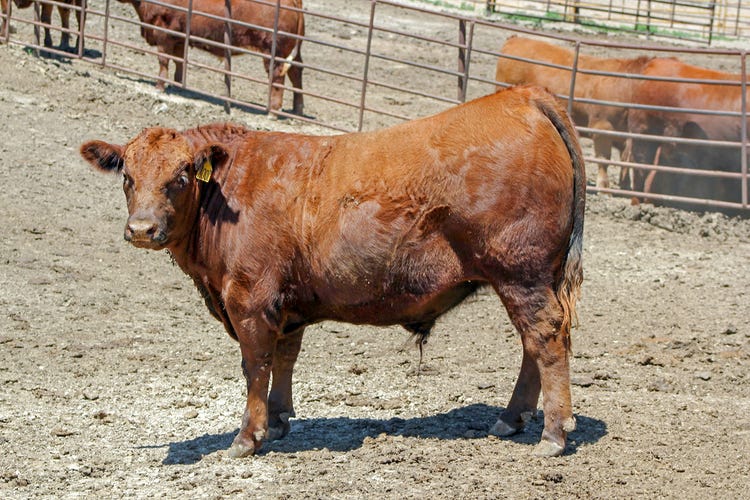July 8, 2022

Feedlot managers understand that heat stress reduces intake. This effect is more marked in cattle that are closer to their finishing weight, and during the first heat event of the season as cattle are not acclimated to heat yet.

As the summer is upon us, and the threat of drought is not dissipated, feedlot managers should incorporate effects of heat on intake by cattle approaching their end weight or condition in their marketing strategies. The issue is that, as cattle respond to heat by reducing intake, gain is directly affected negatively. An additional complicating factor is that fed cattle prices decrease from highs reached in the spring to summer lows. Astute feedlot managers keep these two conditions in mind to keep summer cattle marketing current.
Several 30-day simulations for 1,425-lb cattle were generated using diet cost of $300/ton dry matter, yardage at $0.55/head, and 27 lb expected dry matter intake to determine effects of price decreases and intake reductions common during the summer. Prices simulated ranged from $115 to $145/cwt and intake reductions simulated ranged from 70% to 100% of expected intake.The outcome measured was price minus cost of gain (income over cost, IOC). The reader should be aware that this calculation does not take into consideration cost of purchasing cattle.
Reductions in intake had a curvilinear response on IOC: a 5-percentage unit drop in intake from 100% to 95% was less severe on IOC than a 5-percentage unit drop in intake from 75% to 70%. Price effect on IOC reflected the value of price change simulated: for every $1/cwt change in price, IOC changed $1/cwt.
When fed cattle price simulated dropped from $140/cwt to $130/cwt (a likely current scenario) with a concurrent reduction in intake to 90% of expected, IOC fell from $24.78/cwt to $6.67/cwt. That is $6.67 per head during a 30-day period. If a feedlot animal dies because of heat during the same 30 days, because of its large size, the prorated mortality cost per head would be $18.52/head.
These calculations indicate that the tolerance for reductions in intake or fed cattle price by cattle near finishing are quite small. Feedlot managers should use fed cattle price drops of $5/cwt and reductions in intake of 5% as triggers to keep summer cattle marketing current.
Source: University of Nebraska-Lincoln, which is solely responsible for the information provided and is wholly owned by the source. Informa Business Media and all its subsidiaries are not responsible for any of the content contained in this information asset.
You May Also Like




